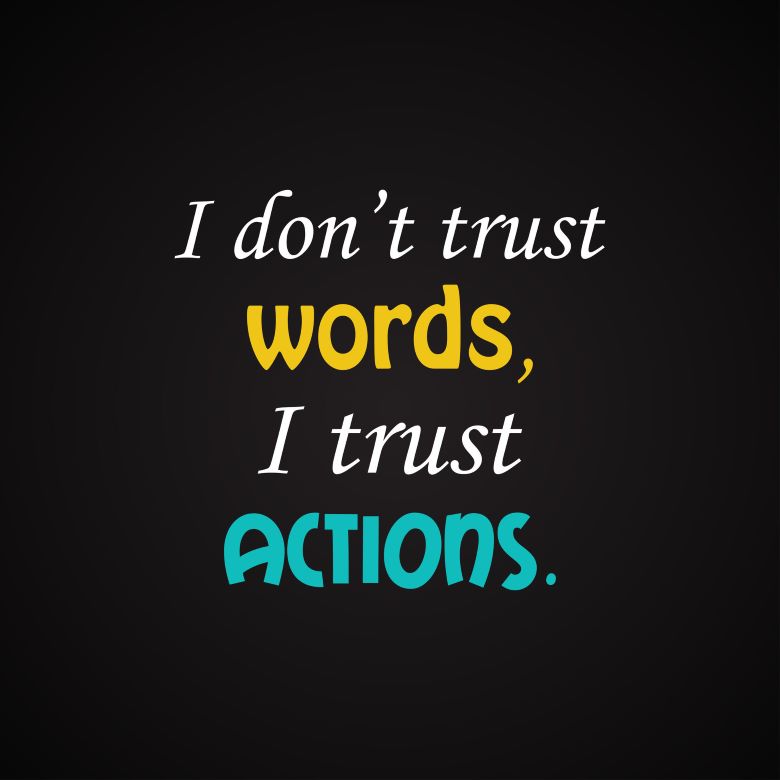How to measure your DE&I efforts
Avoiding vanity metrics, setting tactical goals and embracing qualitative feedback are key parts of evaluating your organization’s DE&I efforts.

It’s been a few months since many organizations posted statements of support in the wake of the death of George Floyd. Now it’s time to start reporting some results.
Diversity, equity and inclusion have become scorching hot topics in the business community as activists have kept racial injustice and police brutality in the spotlight in the months after Floyd died while in police custody. Support for protests and an expectation for businesses to speak out about systematic racism have increased across the country.
However, there remains a gap between what organizations say they believe in and what audiences say they feel.
In its recent study on systemic racism, Edelman reported a gap between business expectation and performance on racial justice across every demographic. Just as alarming, CEOs get very low marks when it comes to trust around the issue of racial justice.
So how can organizations set measurable, provable goals and start to make a difference?
Chloe Louvouezo, a diversity, inclusion and communications consultant, shared her blueprint for creating a better DE&I framework during Ragan’s Virtual Conference on “The Communicator’s Role in Diversity, Equity & Inclusion” on Sept. 17.
Making a business case
Communicators should point to the many tangible benefits DE&I has on an organization’s bottom line, Louvouezo says. Avoiding blind spots, increasing employee engagement and providing opportunities to enter new markets are all benefits.

Here are some numbers you can use to help make your case:
- Diverse companies outperform their competition by 35%.
- Clak professionals held just 3.3% ofleadership roles within two reporting levels of the CEO. in
- Companies with gender diversity are more likely to experience above average profitability.
Setting up your program
To have measurable goals, your framework needs to take quantifiable outputs into consideration from the beginning. Simply onboarding DE&I practices isn’t enough, Louvouezo says.
Here’s how she recommends building a program:

When setting your baseline, employee surveys and feedback are excellent tools. Louvouezo recommends asking:
- Do employees report psychological safety?
- Is there trust in leadership?
- How effective were past DE&I efforts?
On identifying DE&I gaps, she offers more questions to ask:
- How prevalent are microaggressions?
- Are diverse people getting promotions?
She recommends communicators take it back to a wide-angle view. How is your progress being felt in the company as a whole? This can be a frustrating step, she says. Employee sentiment is often based on softer data, so it’s difficult to measure incremental change, she says, but the gathering of this data is still important.
A rigorous process
It’s essential to measure and collect data around DE&I goals as carefully as you would for other business objectives.
Don’t allow vanity metrics to cloud your vision. Insufficient, or misleading data, will only tell half the story and you must seek out a full accounting in their data collection efforts.
What can be measured? She gives some examples:

Louvouezo’s final admonition to DE&I pros looking to measure their programs is that policy and practice aren’t enough to really make change.
Policies often are not always felt at the team level because they are not executed consistently across different management teams. Employee experiences can differ, and practices and policies can be approached in a transactional way, which ignores the reality of how D&I is built through relationships between individuals.
One way to avoid this blind spot is to collect qualitative data. Although quantitative figures are important to make DE&I’s business case, she says, anecdotes and feedback are crucial to understanding how progress is being made.
Getting started
For organizations that don’t have a program in place or are at the beginning of their DE&I journey, Louvouezo recommends starting small, something she terms a “snowball effect.”
By picking one challenge to confront, she says, communicators can build a small case study and use the data they collect to go back to leaders and argue for bigger and bigger initiatives.
It’s time for organizations to start making measurable promises on this crucial issue. For example, Target Corporation says it plans to increase its Black workforce by 20%. Retailers like Sephora promised 15% of their shelf-space to products made by Black-owned businesses.
Put a number on it, and transparently report how you live up to these important goals.







